Equipment
Hayate: Miura’s new Driver and Fairway Woods
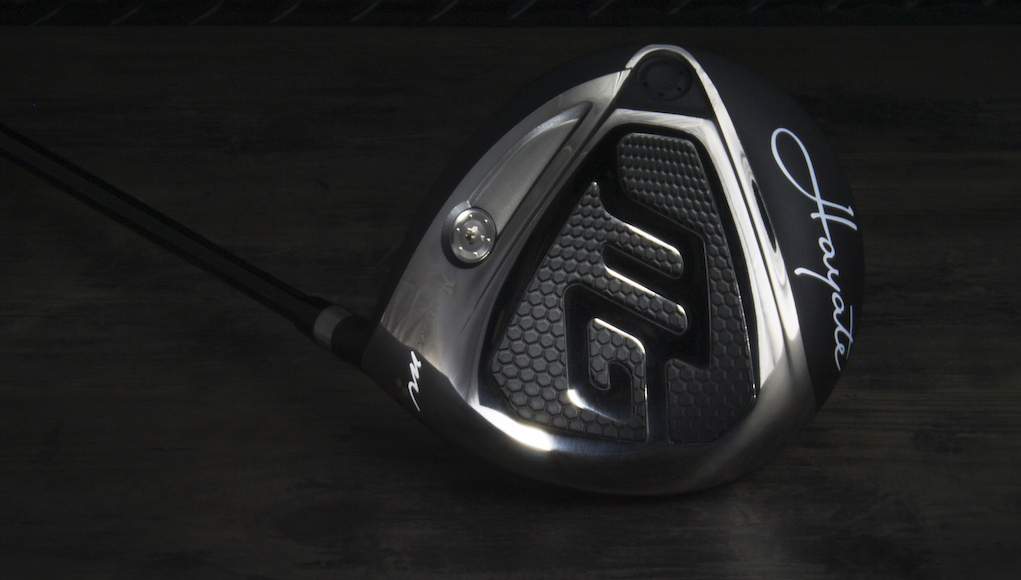
“Hi-yaw-tay.” That’s how you pronounce Miura’s new Hayate drivers and fairway woods, the first launch by the company since it took on new ownership in January.
Miura Golf is an ultra-premium golf equipment company that’s based in Japan. It’s best known for its forged irons and wedges, which have achieved a cult following among purists and low-handicap golfers. With the Hayate metal wood line, the company brings its MG Collection metal woods line to North America (they were previously only available in Asia), where it hopes to broaden its appeal to a golfer’s full bag and players of all skill levels.
The Hayate driver, for example, is designed to “maximize ball speed” and “optimize launch conditions.” It does so through a shallow, 460-cubic-centimeter club head that has a 35-gram arch “floating” above its sole. According the company, the new technology optimizes center of gravity (CG) to add ball speed and reduce spin for more distance. The CG is also alterable through an adjustable heel weight, which can accomodate up to an 8-gram weight to tweak draw or fade bias.
Visually, the first thing most golfers will notice about the driver is its sole, which has a honeycomb structure and a large MG logo. According to the company, its purpose is both functional and aesthetic. The honeycomb construction is said to add to the driver’s structural stability and therefore improve feel.
The Hayate driver ($639) will be available in lofts of 9.5 and 10.5 degrees with a standard head weight of 196 grams (adjustable by +/- 4 grams).
The Hayate fairway woods are designed to improve playability and consistency, using a one-piece titanium construction that the company says offers “the industry’s tightest tolerances.” The shallow club faces are paired with a low CG to help golfers hit the ball higher and make it easier for them to elevate shots from the turf. Making shots from the ground even easier is a sole shape that’s said to optimize turf interaction for improved ball contact.
The fairway woods offer two adjustable weights — one on the toe (4 grams) and one on the heel (8 grams) — to help golfers fine tune their trajectory. Weights of 4, 6, 8, 10 and 12 grams are sold separately. The fairway woods are available in lofts of 15 and 18 degrees, and will sell for $539.
The driver and fairway woods will be available for purchase June 20. And for those wondering, the word Hayate directly translates to “the sound of the wind.”
- LIKE106
- LEGIT13
- WOW12
- LOL9
- IDHT0
- FLOP9
- OB0
- SHANK95
Whats in the Bag
WITB Time Machine: Danny Willett’s winning WITB, 2016 Masters
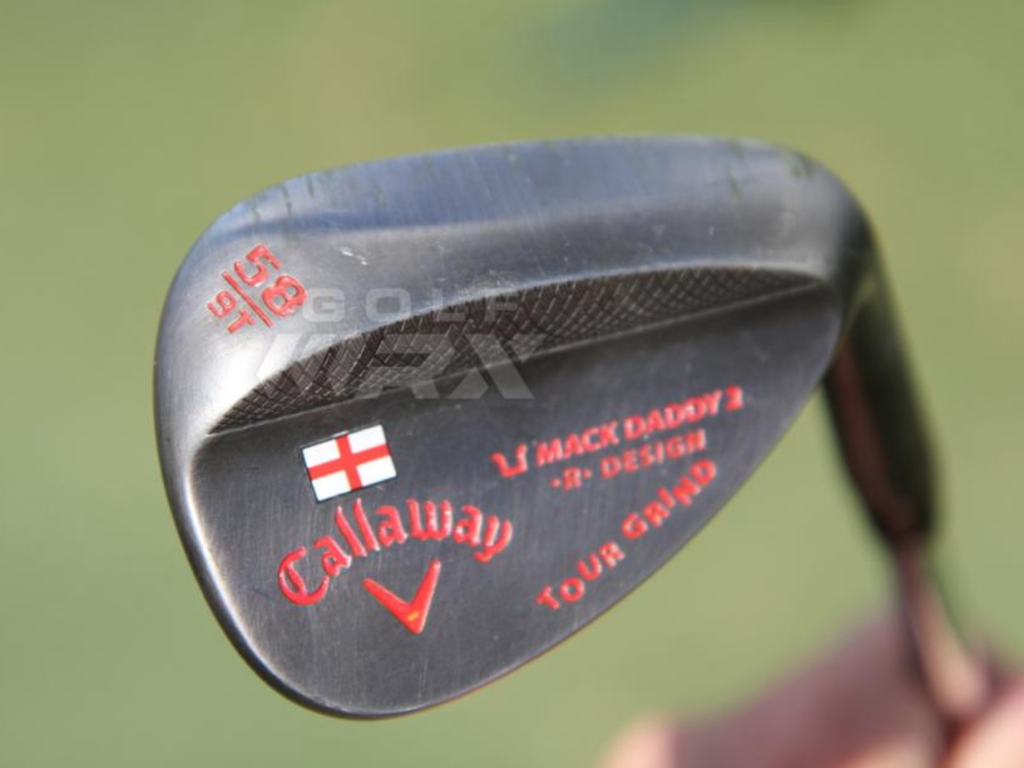
Driver: Callaway XR 16 (9 degrees)
Shaft: Mitsubishi Rayon Diamana W-Series 60 X
Length: 45.5 inches
3-wood: Callaway XR 16 (15 degrees)
Shaft: Mitsubishi Rayon Diamana W-Series 70X
5-wood: Callaway XR 16 (19 degrees)
Shaft: Mitsubishi Rayon Diamana W-Series 80X
Irons: Callaway Apex UT (2, 4), Callaway Apex Pro (5-9)
Shaft: True Temper Dynamic Gold X100 Superlite
Wedges: Callaway Mack Daddy 2 (47-11 S-Grind) Callaway Mack Daddy 2 Tour Grind (54-11, 58-9)
Shaft: True Temper Dynamic Gold X100 Superlite
Putter: Odyssey Versa #1 Wide (WBW)
Lie angle: 71 degrees
Ball: Callaway Speed Regime SR-3
Check out more photos of Willett’s equipment from 2016 here.
- LIKE2
- LEGIT0
- WOW1
- LOL0
- IDHT0
- FLOP0
- OB0
- SHANK0
Equipment
Project X Denali Blue, Black shaft Review – Club Junkie Review
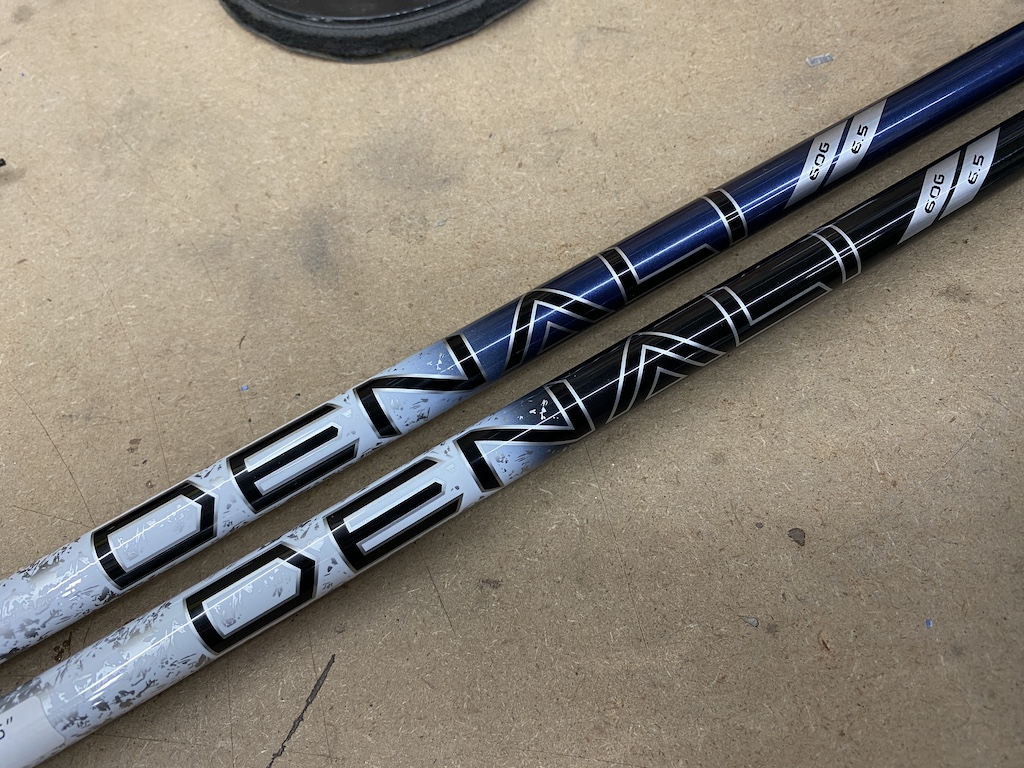
Originally, Project X was known for low-spin steel iron shafts. However, the company might now be known for wood shafts. Denali is the newest line of graphite shafts from Project X. With the Denali line, the company focuses on feel as well as performance.
There are two profiles in the Denali line, Blue and Black, to fit different launch windows. Denali Blue is the mid-launch and mid-spin profile for players who are looking for a little added launch and Denali Black is designed for low-launch and low-spin. Both models are going to offer you a smooth feel and accuracy.
For a full in-depth review check out the Club Junkie podcast on all podcast streaming platforms and on YouTube.
Project X Denali Blue
I typically fit better into mid-launch shafts, as I don’t hit a very high ball so the Denali Blue was the model I was more excited to try. Out of the box, the shaft looks great and from a distance, it is almost hard to tell the dark blue from the Denali Black. With a logo down install of the shaft, you don’t have anything to distract your eyes, just a clean look with the transition from the white and silver handle section to the dark navy mid and tip.
Out on the course, the Blue offers a very smooth feel that gives you a good kick at impact. The shaft loads easily and you can feel the slightly softer handle section compared to the HZRDUS lineup. This gives the shaft a really good feel of it loading on the transition to the downswing, and as your hands get to impact, the Denali Blue keeps going for a nice, strong kick.
Denali Blue is easy to square up at impact and even turn over to hit it straight or just little draws and most of the flex of the shaft feels like it happens right around where the paint changes from silver to blue. The Blue launches easily and produces what I consider a true mid-flight with the driver. While it is listed as mid-spin, I never noticed any type of rise in my drives. Drives that I didn’t hit perfectly were met with good stability and a ball that stayed online well.
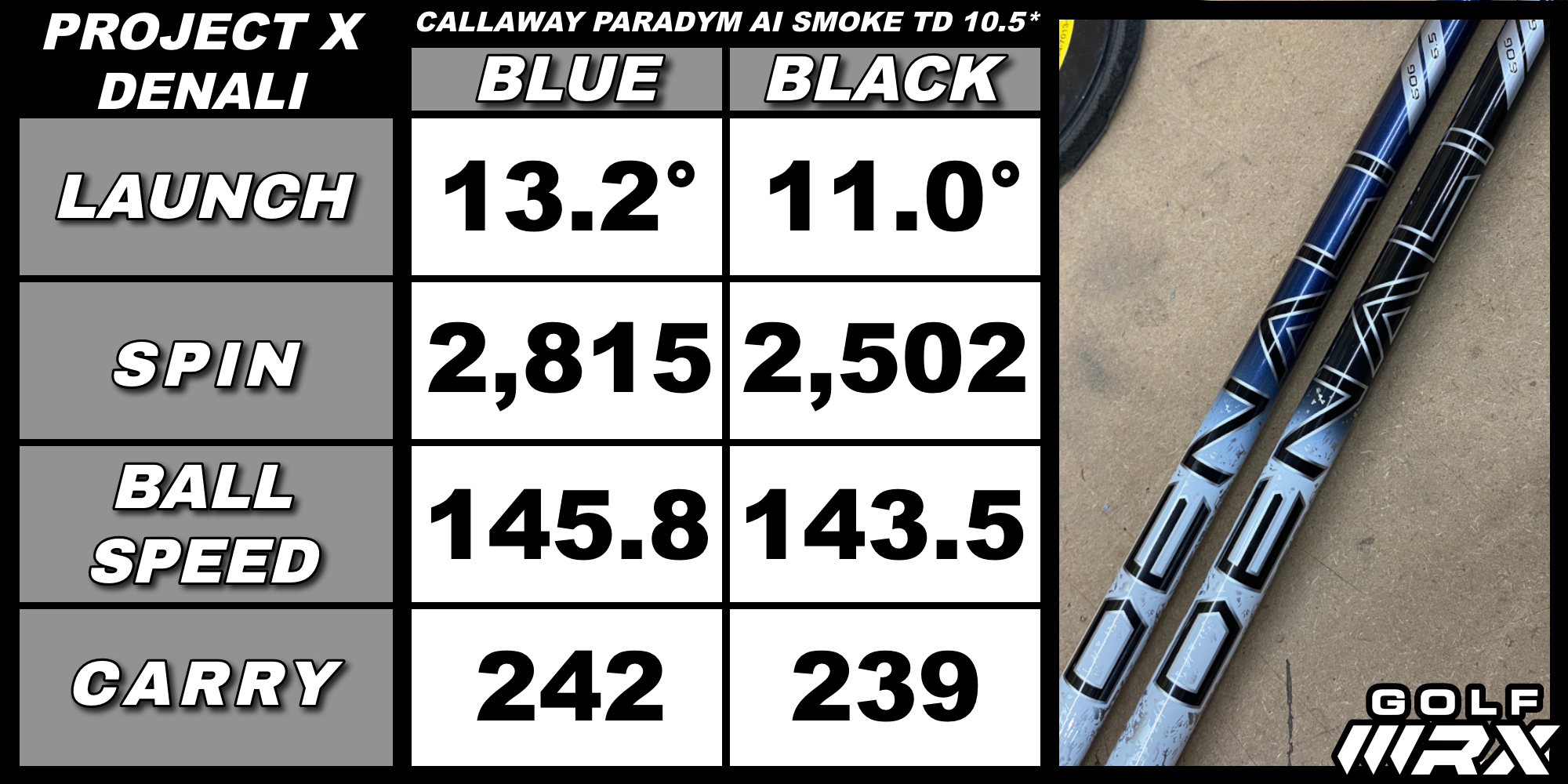
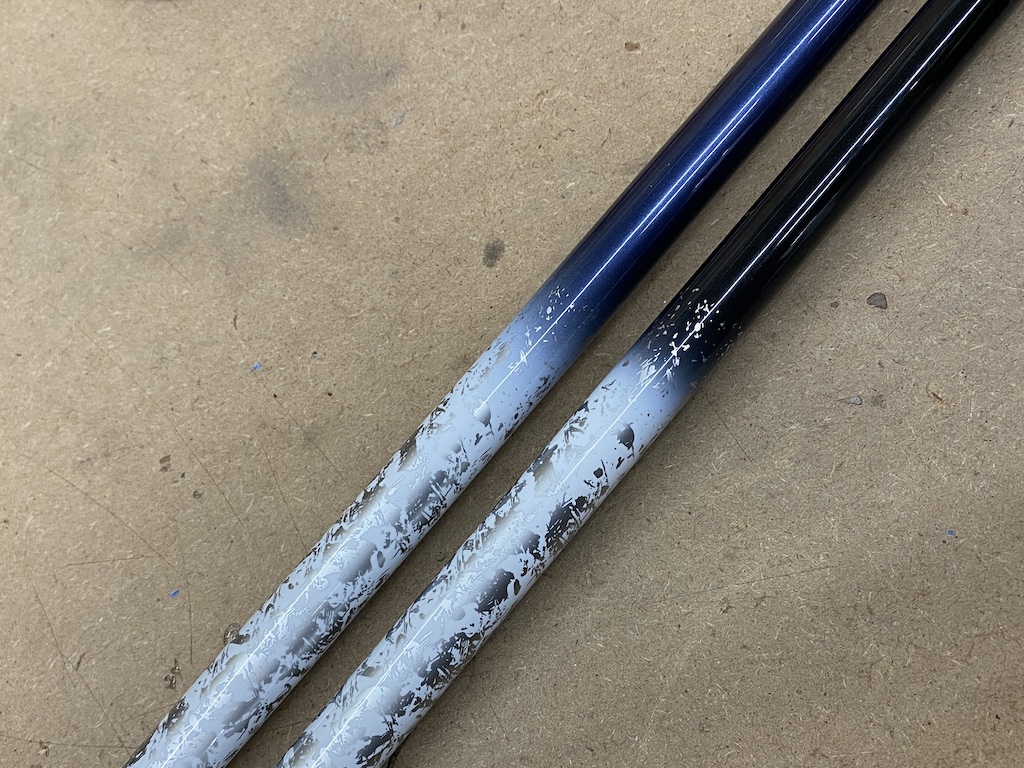
Project X Denali Black
When you hold the Denali Black in your hands you can tell it is a more stout shaft compared to its Blue sibling by just trying to bend it. While the handle feels close to the Blue in terms of stiffness, you can tell the tip is much stiffer when you swing it.
Denali Black definitely takes a little more power to load it but the shaft is still smooth and doesn’t give you any harsh vibrations. Where the Blue kicks hard at impact, the Black holds on a little and feels like keeps you in control even on swings that you try and put a little extra effort into. The stiff tip section also makes it a little harder to square up at impact and for some players could take away a little of the draw from their shot.
Launch is lower and more penetrating compared to the Blue and produces a boring, flat trajectory. Shots into the wind don’t rise or spin up, proving that the spin stays down. Like its mid-launch sibling, the Black is very stable and mishits and keeps the ball on a straighter line. Shots low off the face don’t get very high up in the air, but the low spin properties get the ball out there farther than you would expect. For being such a stout shaft, the feel is very good, and the Denali Black does keep harsh vibrations from your hands.
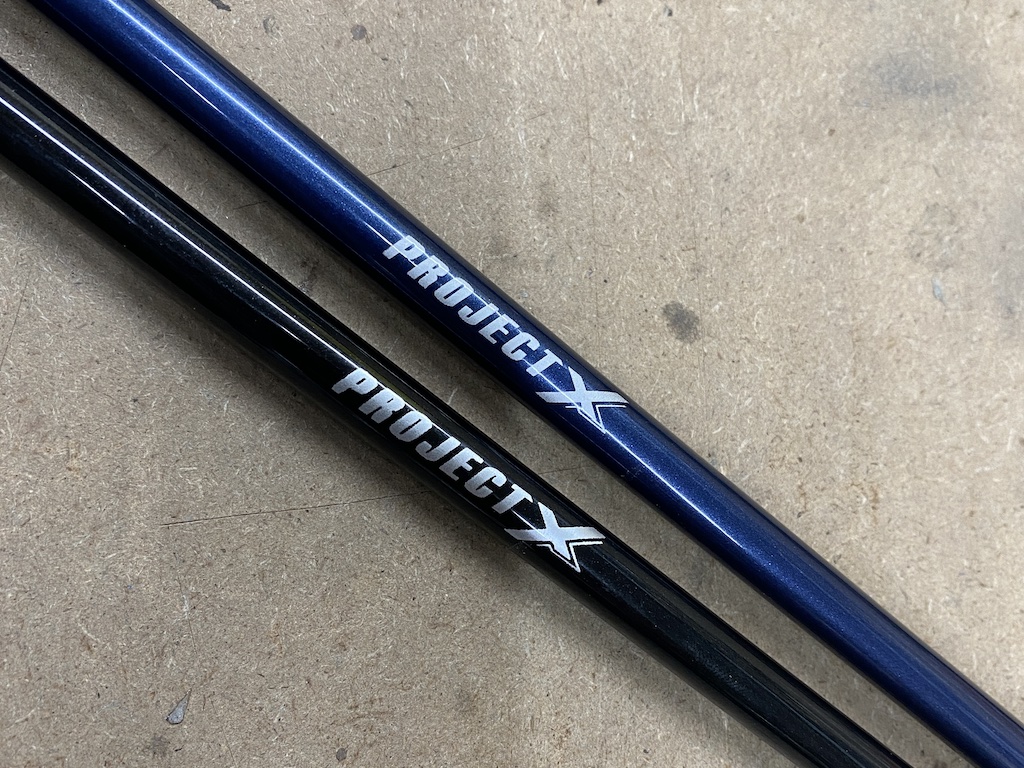
Overall the Project X Denali Blue and Black are great additions to the line of popular wood shafts. If you are looking for good feel and solid performance the Denali line is worth trying out with your swing. Choose Blue for mid-launch and mid-spin or Black for lower launch and low spin.
- LIKE1
- LEGIT1
- WOW1
- LOL0
- IDHT0
- FLOP0
- OB0
- SHANK0
Equipment
What we know about Bryson DeChambeau’s 3D-printed Avoda irons
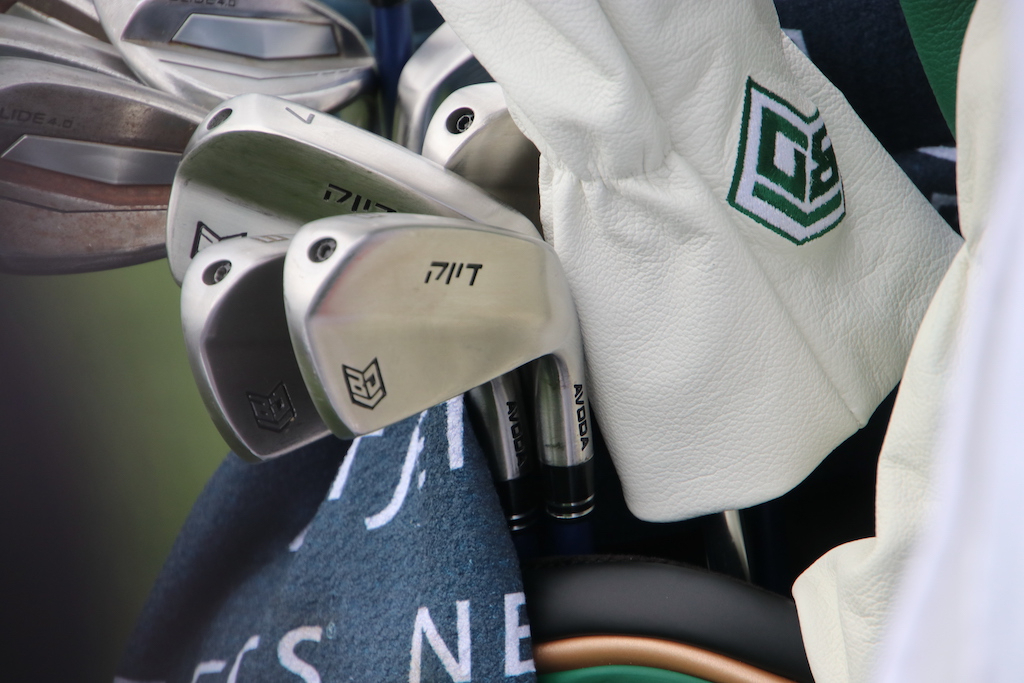
Bryson DeChambeau fired an opening-round 7-under 65 at Augusta National, hitting an impressive 15 of 18 greens in regulation in the process. Golf’s mad scientist’s play grabbed headlines and so too did his equipment. In place of the Ping i230 irons he had in the bag last week for LIV Golf’s Miami event, DeChambeau is gaming a prototype 5-PW set of irons from little-known direct-to-consumer manufacturer Avoda.
What is Avoda Golf?
Founded by Tom Bailey, also a Mike Schy student like Bryson DeChambeau, Avoda Golf is a direct-to-consumer golf equipment company that currently manufactures both single and variable-length irons in one model that are available for pre-order.
What irons is Bryson DeChambeau playing?
Per multiple reports, DeChambeau is playing a custom-designed set of single-length irons that incorporate bulge and roll into the face design. The two-piece 3D-printed irons were reportedly only approved for play by the USGA this week, according to Golfweek’s Adam Schupak.
Regarding the irons, DeChambeau told Golf Channel the irons’ performance on mishits was the determining factor in putting them in play this week. “When I mishit on the toe or the heel,” DeChambeau said. “It seems to fly a lot straighter for me and that’s what has allowed me to be more comfortable over the ball.”
What can we tell about the design of the clubs?
These days, it is a little hard to speculate on what is under the hood with so many hollow body irons. DeChambeau’s irons look to be hollow on the lower section as they do flare back a decent amount. That “muscle” on the back also looks to be fairly low on the iron head, but we can assume that is progressive through the set, moving up higher in the short irons.
A screw out on the toe is probably used to seal up the hollow cavity and used as a weight to dial in the swing weight of the club. From pictures, it is hard to tell but the sole looks to have a little curve from heel to toe while also having some sharper angles on them. A more boxy and sharper toe section looks to be the design that suits Bryson’s eye based on the irons he has gravitated toward recently.
What are bulge and roll, again?
Two types of curvature in a club face, traditionally incorporated only in wood design. Bulge is heel-toe curvature. Roll is crown-sole curvature. Both design elements are designed to mitigate gear effect on off-center strikes and produce shots that finish closer to the intended target line. (GolfTec has an excellent overview of bulge and roll with some handy GIFs for the visual learner)
What else is in DeChambeau’s bag?
Accompanying his traditional Sik putter, Bryson builds his set with a Ping Glide 4.0 wedges, a Krank Formula Fire driver and 5-wood, and a TaylorMade BRNR Mini Driver, all with LA Golf graphite shafts.
- LIKE72
- LEGIT22
- WOW16
- LOL7
- IDHT4
- FLOP2
- OB5
- SHANK11
-

 19th Hole3 days ago
19th Hole3 days agoDave Portnoy places monstrous outright bet for the 2024 Masters
-

 19th Hole3 weeks ago
19th Hole3 weeks agoJohn Daly stuns fans into silence with brutal opening tee shot on PGA Tour Champions
-

 19th Hole2 weeks ago
19th Hole2 weeks agoThings got heated at the Houston Open between Tony Finau and Alejandro Tosti. Here’s why
-

 19th Hole4 days ago
19th Hole4 days agoTiger Woods arrives at 2024 Masters equipped with a putter that may surprise you
-

 19th Hole1 week ago
19th Hole1 week agoReport: Tiger Woods has ‘eliminated sex’ in preparation for the 2024 Masters
-

 19th Hole3 weeks ago
19th Hole3 weeks agoCharlie Woods finds it tough going on American Junior Golf Association debut
-

 19th Hole2 weeks ago
19th Hole2 weeks agoAddiction, spinal fusion, and scam artists – Everything Anthony Kim revealed in candid interview with David Feherty
-

 19th Hole1 week ago
19th Hole1 week agoAnthony Kim says doctors told him that he ‘may not have much time left’ ahead of LIV return

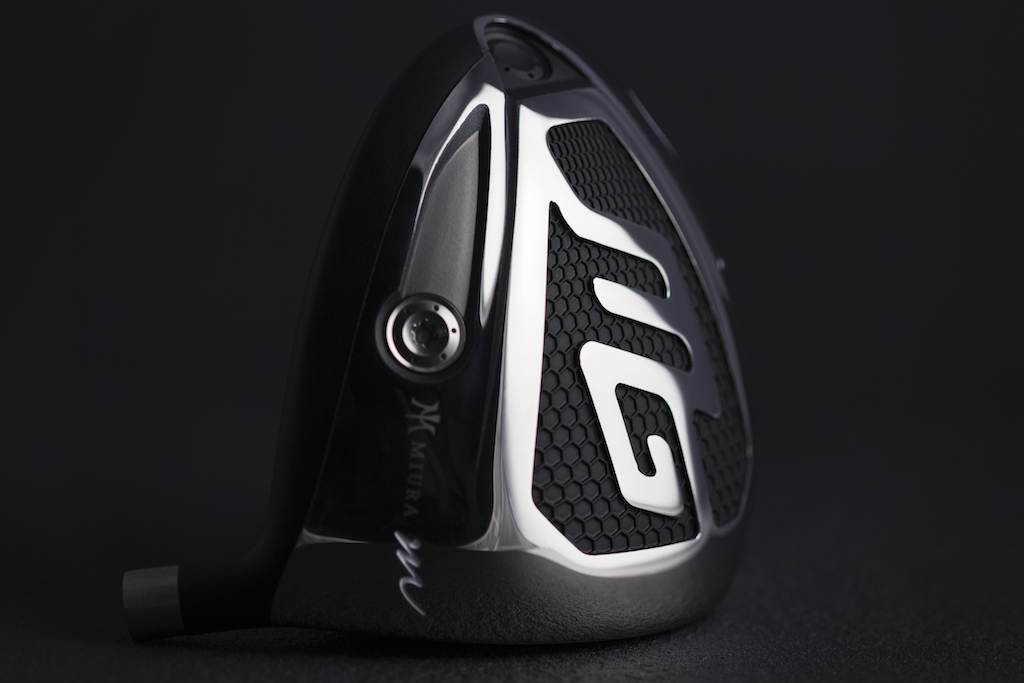

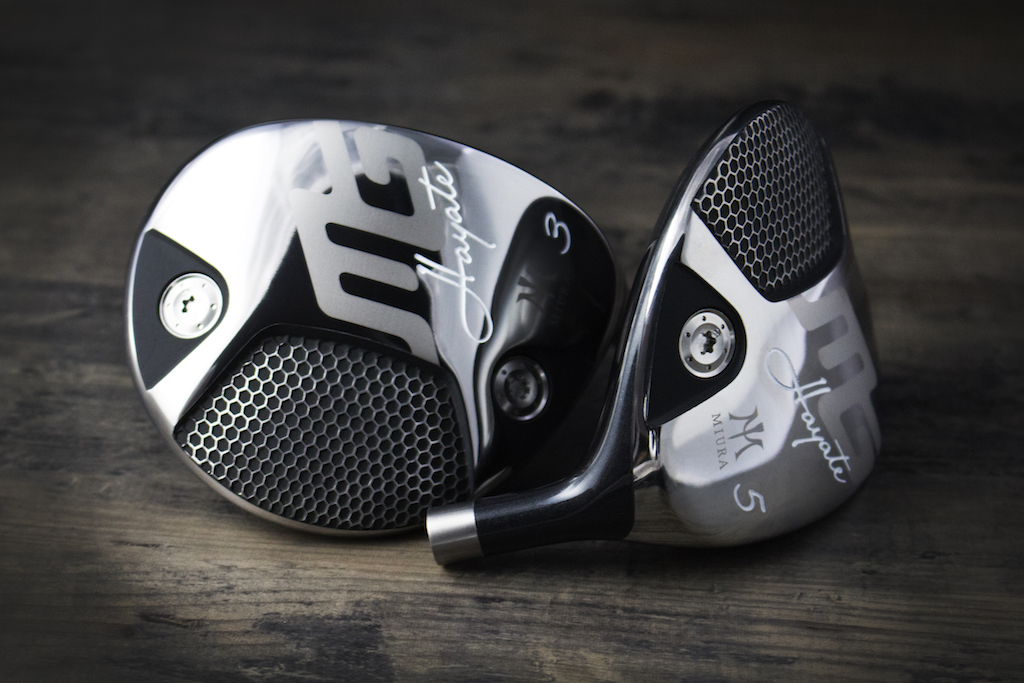
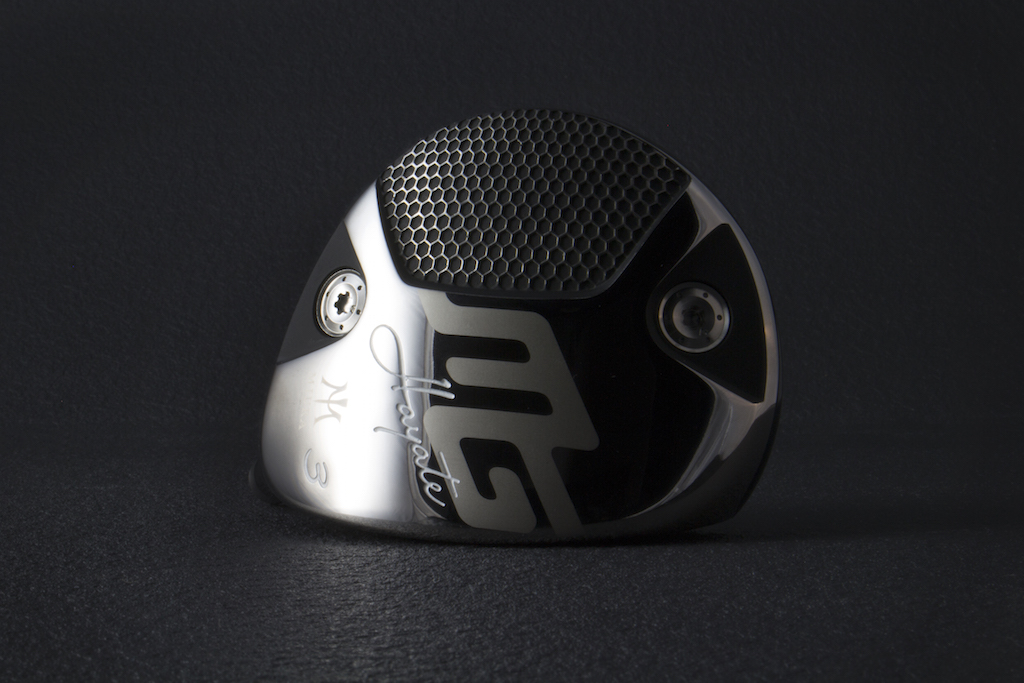


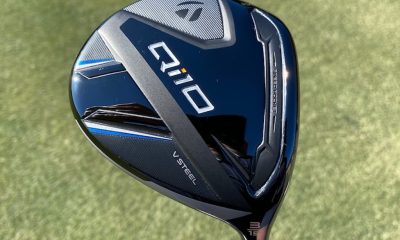

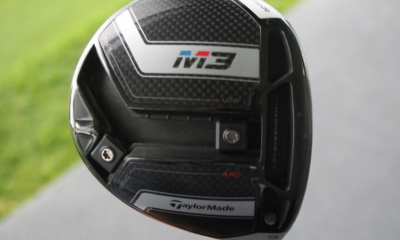

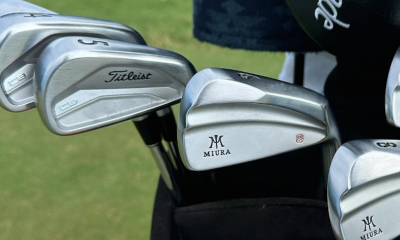

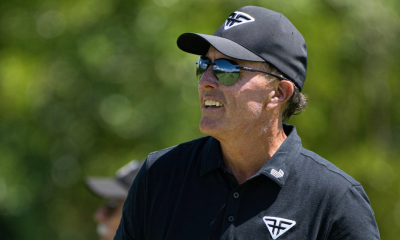



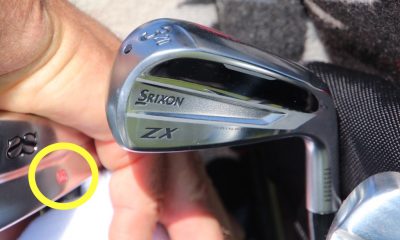

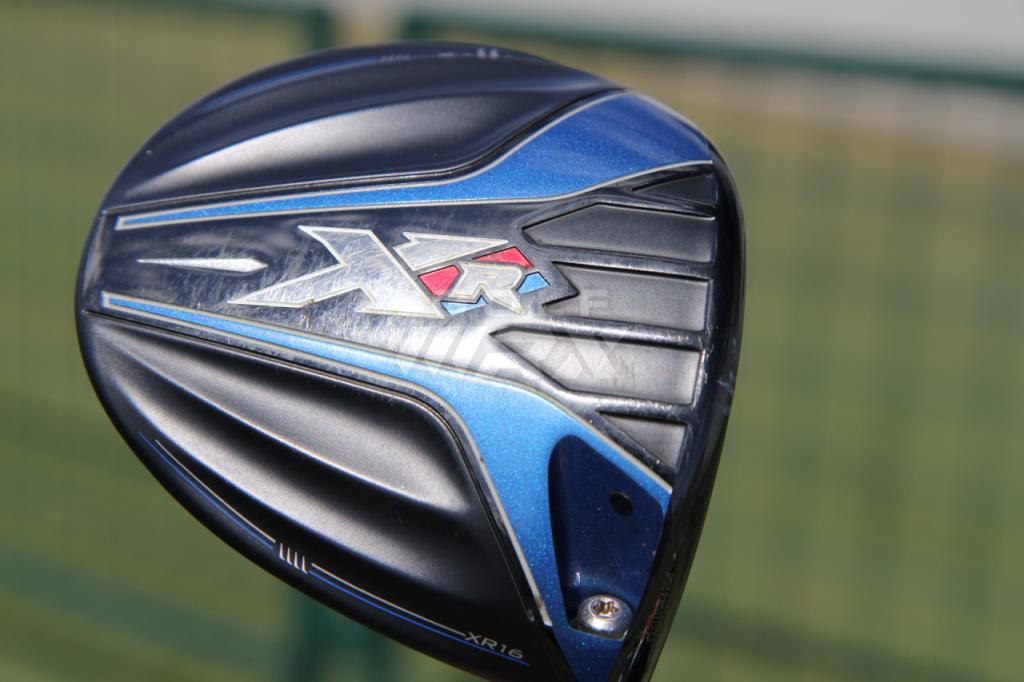
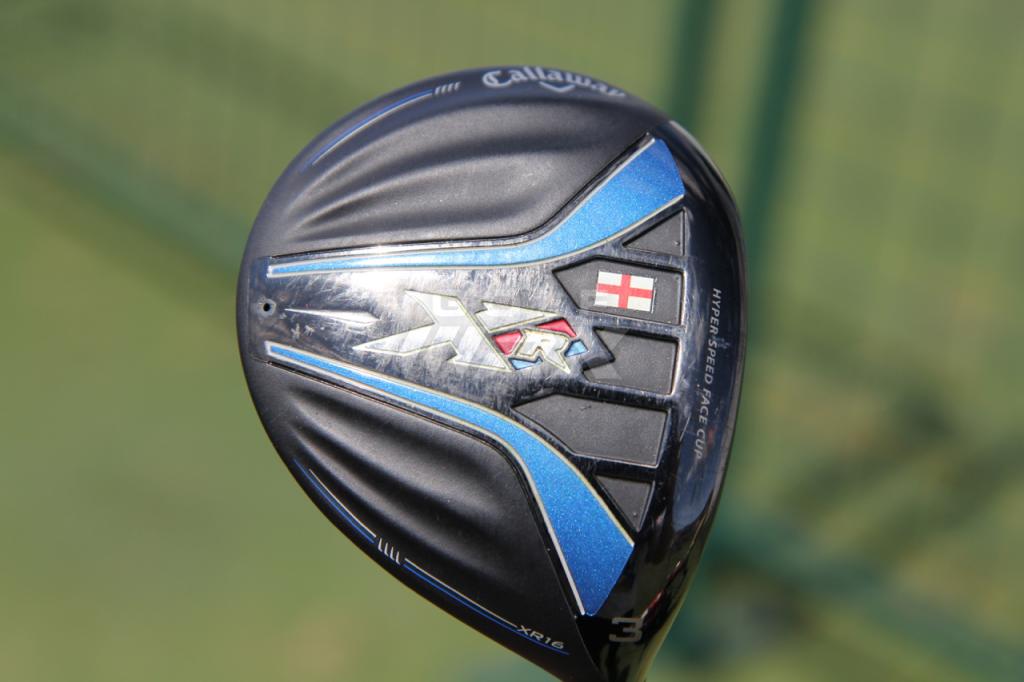

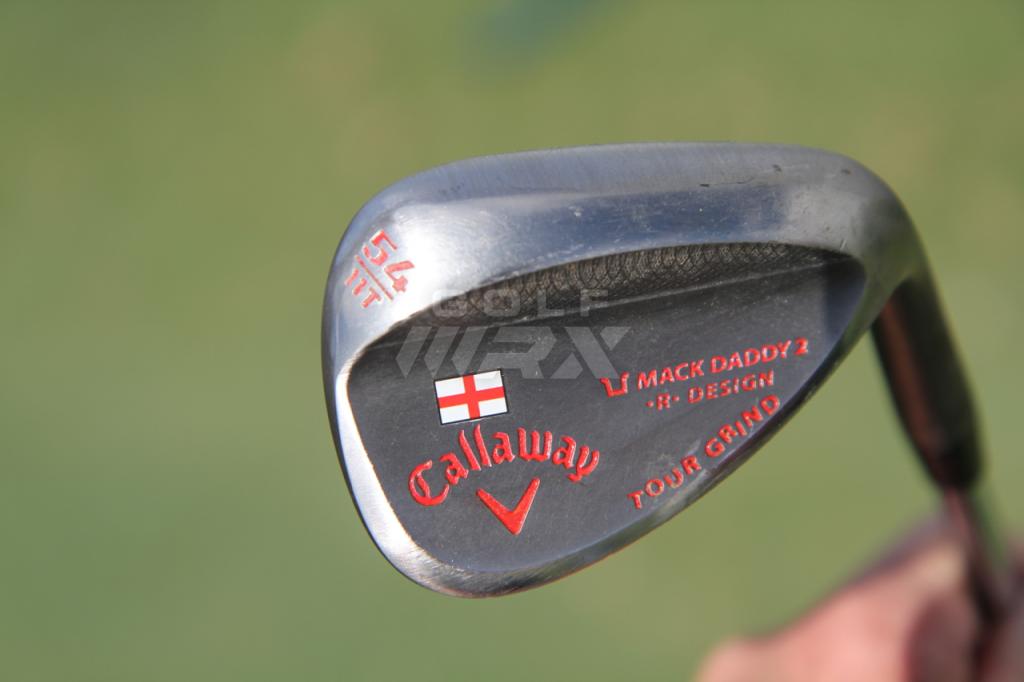
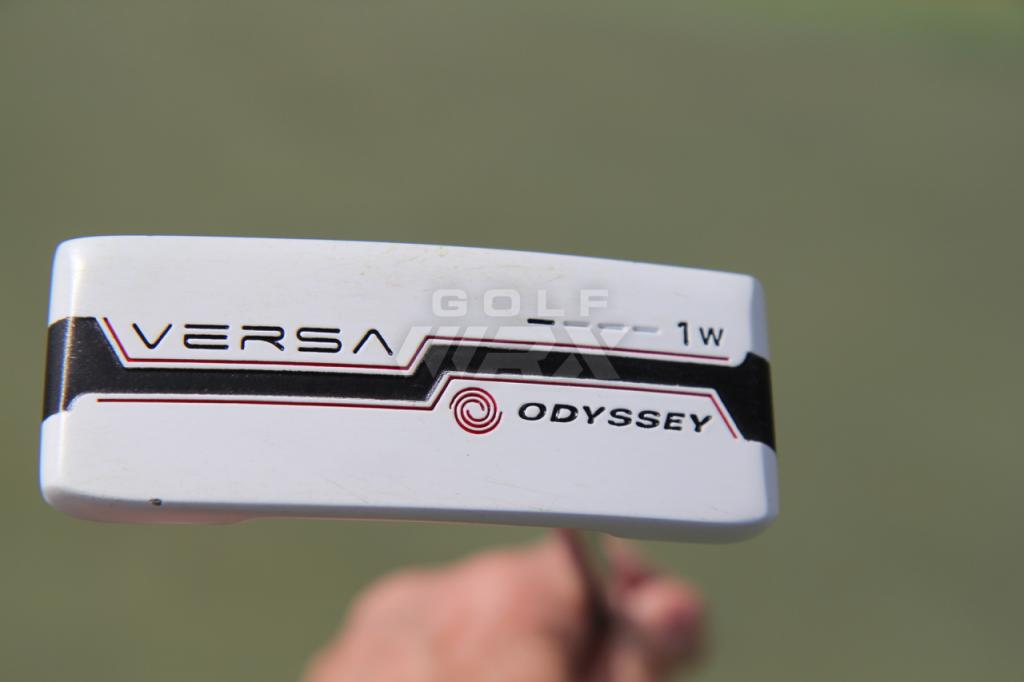














Orvill
Jun 3, 2017 at 4:25 pm
I love it!
I wish I could afford it!
I wanna be the first to own it!
I need to maximize my ball speed!
I wanna optimize my launch conditions!
Hayate! Hayate! Hayate! Tora! Tora! Tora!!!
Matt
Jun 2, 2017 at 2:42 am
Nice gear. At least they’re not (yet) a mass market company charging those prices.
Matt
Jun 1, 2017 at 9:47 pm
The Miura logo always looks like the Yankees’ when I catch it out of the corner of my eye.
DP30
Jun 1, 2017 at 8:53 pm
Looked at one of these two days ago. Really clean looking FWs Nice straight top line, easy to line up. I might have to go back and hit it.
Eric
Jun 1, 2017 at 5:14 pm
The pricing is ridiculous. It’s weird that the driver is $649 (not unreasonable) but the woods are $539. When’s the last time you saw a driver from Titleist on sale for $499 and see the fairway woods on sale for $399??? I don’t understand the logic here
Skip
Jun 7, 2017 at 12:58 pm
Well, the Titleist Fairways aren’t made of Titanium.
Desmond
Jun 1, 2017 at 3:53 pm
Doubt if Miura-san designed these clubs.
O
Jun 1, 2017 at 9:32 pm
Yeah. This smells of McGarity and True Spec, and not really Mr Miura’s & Son’s own independent design
Skip
Jun 7, 2017 at 12:59 pm
FYI this stuff was out way before the McGarity/True Spec deal.
Blayda
Jun 1, 2017 at 10:29 am
That’s not how you pronounce it. Why would you put the “Hi” at the beginning? There is no “Hi.” It’s just Ha-ya-tay. Simples!
Peter
Jun 1, 2017 at 9:58 am
I wish I have more $$$ to throw away at clubs at this price level…..
JThunder
Jun 1, 2017 at 5:45 pm
I’m sure a lot of people will say the same. And many of those will have purchased 3, 4, 5, 6 drivers by the end of the year. I suppose a false economy is still better than the US economy – or the media hype of both.
Boobsy McKiss
Jun 1, 2017 at 9:48 am
Laughable prices and design. And isn’t every pro driver designed to “maximize ball speed” and “optimize launch conditions” ? Lol.
McPickens
Jun 1, 2017 at 5:31 pm
nailed it
JThunder
Jun 1, 2017 at 5:48 pm
If it’s a “laughable design”, then clearly you’ve played it, or it would be an ignorant comment. A more thorough description of its failings from a user’s perspective would be helpful. Also wondering what a “pro” driver is. Are there semi-pro and amateur drivers?
Phil
Jun 1, 2017 at 9:47 am
I’d play this over PXG any day!
Benny
Jun 4, 2017 at 5:30 am
Agreed. At least Miura has a reason to be at a premium price. Along with a great track record (supposidly) for the best players in the world I understand their price logic. But like the rest of my bag I will wait for the prices to fall in 1-3 years, see what all the critics and reviews say and if it’s still all the shits will buy one at 1/4 the price. Like all Miura its dsign and name is certainly Japan’sh!